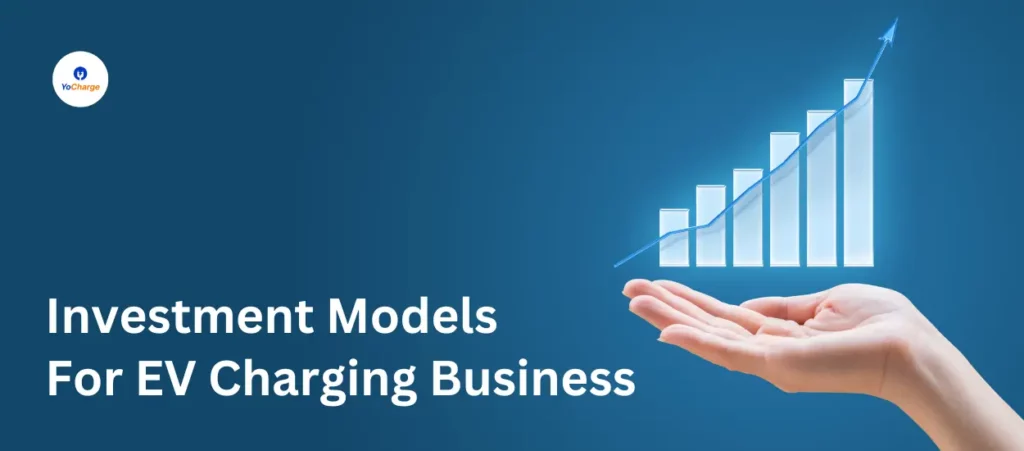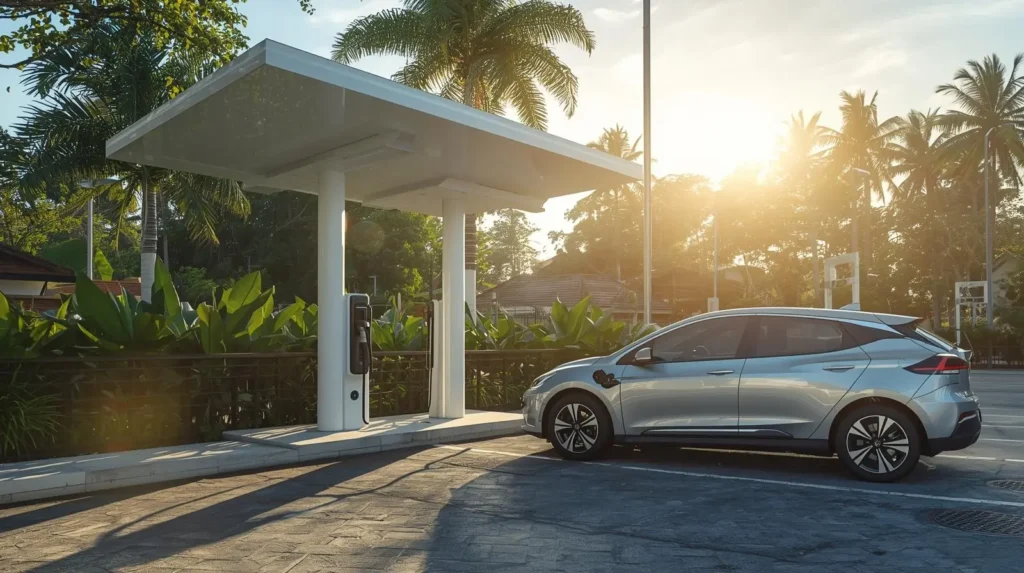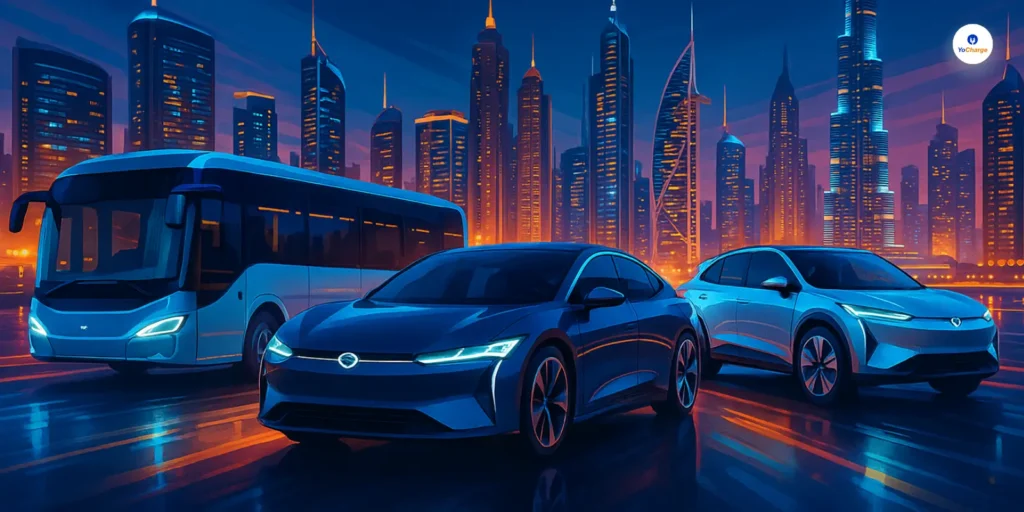
The place at which charging of electric vehicles takes place is called as ev charging station. Unlike gas, electricity is readily available at all properties and hence charging of electric vehicles takes place across all types of properties whether it be home, restaurant, hotel, shopping mall or workplace. This requirement of charging station has ushered in primarily two investment models for EV Charging Business – CAPEX & Revenue Sharing (OPEX) Model.
n the context of EV charging infrastructure, both CAPEX (Capital Expenditure) and OPEX (revenue sharing) based models, including the BOOT (Build-Own-Operate-Transfer) model, have distinctive approaches to investment and operation.
A. CAPEX Investment Model for EV Charging Station Business
In the capital expenditure or CAPEX mode, the complete investment (cost) for setting up the charging station including the civil & electric infrastructure, charging station is borne by the property owner (manager). Consequently, the property owner (manager) receives the complete revenue for the charging station. Accordingly, the property owner decides the charging tariff and may also provide charging complementary. This model is particularly useful in case of luxury hotels, work-places & large fleet operators.
Advantages of CAPEX model
- The property owner (manager) receives the complete revenue for the charging station.
- The control of charging station rests with property owner & they may decide charging tariff, operating hours, complimentary access etc.
- The branding of charging station is usually in owner’s brand name & hence it increases the customer base, customer locality and revenue.
B. OPEX Investment Model for EV Charging Station Business
In the revenue sharing or OPEX mode, the complete investment (cost) for setting up the charging station including the civil & electric infrastructure, charging station is shared between the property owner & third-party charging station operators. Here, usually the property owners provide the civil infra including space & parking shed, whereas the charging station operators provide investment for electric infrastructure including the charging equipment. Accordingly, based on ratio of investment the net-revenue of the charging station is shared between the property owner & charging station operators.
In most cases, the Charging station operator decides the charging tariff. This model is particularly useful in case of motels, hotels & restaurants located on mid-way at highways, toll-plazas, small & medium fleet operators.
Advantages of OPEX model
- The property owner (manager) receives an additional income from the same property.
- The majority of capital expenditure is taken up by CPO partner, this on one-hand increases investment on property, on-other hand charging station increase property market value.
- Installation of charging station not only increases the footfall of customers but also in-certain cases increases their time-spent as charging usually takes about 1 hour at minimum.
Comparison between CAPEX & OPEX Investment Models
| Parameter | CAPEX Model | OPEX (Revenue Sharing Model) |
|---|---|---|
| Investment | The cost of setup is borne by property owner (manager) | The cost of setup is shared between property owner & Charge Point Operator (CPO). |
| Control | Property Manager has complete control over the charging station & can see all data, real-time control etc. | The CPO has control over the charging station. The CPO may provide an additional access to property manager to check relevant data. |
| Contract Period | There is no such contract period. | Usually, there is long-term contract period of about 7-10 years, for which CPO has the right to install, operate & manage charging station at the property. |
| Branding | The charging station is branded in property owner name (brand). | The charging station is usually branded as that of CPO. Hence, the ev users operate charging station through CPO mobile applications only. |
| Charging Tariff | Charging tariff is decided by property owner. | Charging tariff is decided by CPO. |
| Use Cases | Useful in case of luxury hotels, work-places & large fleet operators. | Useful in case of motels, hotels & restaurants located on mid-way at highways, toll-plazas, small & medium fleet operators. |
In essence, the choice between the CAPEX and OPEX (BOOT) models depends on the financial strategy, risk appetite, and long-term goals of the entities involved. While the CAPEX model involves a more substantial upfront investment with potential higher returns, the OPEX (revenue-sharing) model allows for spreading out the costs over time and might be more suitable for entities that prefer not to engage in the daily operations of the charging infrastructure.
How does YoCharge help ?
YoCharge is a one-stop solution platform for EV Charging. As a property owner, if you wish to invest Capital and build your own charging station. YoCharge can provide you with your custom branded ev charging platform. Further, our network of installation partners can help install & maintain the charging station for project lifetime. This brings best of both worlds at your click, your own platform & no operation, maintenance hassle.
Also, if you do not wish to invest, then YoCharge partner CPO’s can take care of investment, installation, operation & maintenance of the Charging Station at your property. No matter, whatever model you choose, YoCharge is here for your help.

Connect with Us



